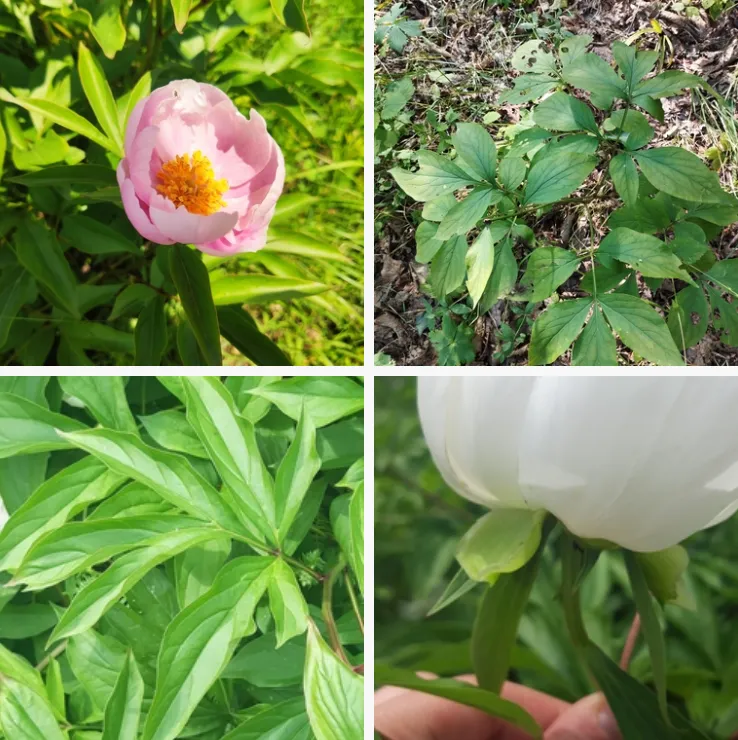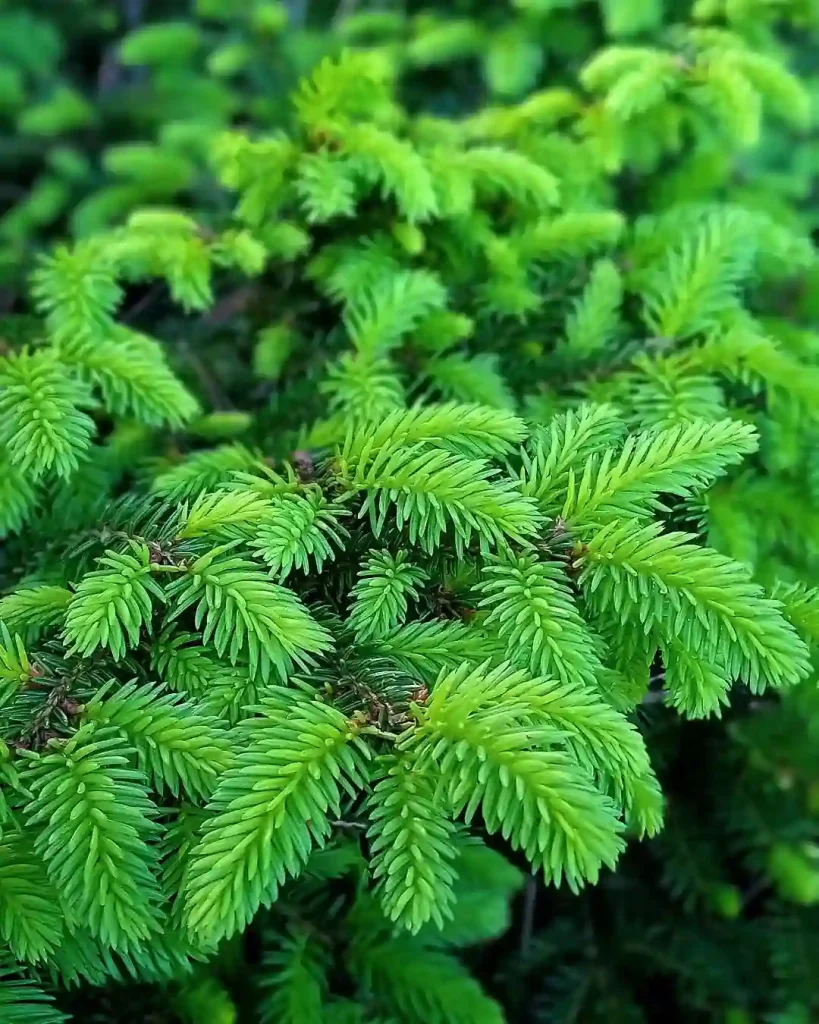Ficus Amstel King: Your Guide to This Stylish Indoor Fig
I’m Ferb Vu, and I’ve been a plant enthusiast for years. The Ficus Amstel King has become a favorite of mine, particularly for its resilience and elegant look. Today, I’ll answer some of the most common questions about this popular houseplant, including its care needs and how it compares to other Ficus varieties.
880 Species in Genus Ficus
How to care for Ficus Amstel King?
Light: Bright and Indirect is Best
The Ficus Amstel King thrives in bright, indirect light. Think of a room with a large, east-facing window. Direct sunlight, especially during the harsh afternoon hours, can scorch the leaves. However, the Amstel King is more tolerant of lower light conditions than some other Ficus varieties. If your home lacks ideal lighting, consider supplementing with grow lights.
Remember: Rotate your plant regularly to ensure even growth.
Watering: Finding the Golden Ratio
Proper watering is key to a happy Ficus Amstel King. Overwatering is a common mistake, leading to root rot. The best approach is to let the top inch of soil dry out completely between waterings. Stick your finger into the soil to check for moisture. When it feels dry, it’s watering time.
Tip: Use lukewarm water and avoid soaking the roots. Aim for even distribution of moisture throughout the pot.
Temperature and Humidity: Mimicking the Tropics
The Ficus Amstel King prefers warm temperatures, ideally between 60-75 degrees Fahrenheit (16-24 degrees Celsius). Avoid placing it near cold drafts or air conditioning vents.
As a native of Southeast Asia, this Ficus enjoys moderate to high humidity levels. If your home’s air is dry, consider using a humidifier or placing the pot on a pebble tray filled with water.
Seasonal Shift: During winter, when humidity levels tend to drop, misting the leaves occasionally can be beneficial.
Fertilizer: A Balanced Approach
A balanced fertilizer formulated for houseplants works well for the Ficus Amstel King. I recommend feeding it during the growing season (spring and summer) once a month, following the instructions on the fertilizer label. During fall and winter, reduce or stop fertilization altogether.
Less is More: Overfertilizing can damage the roots and cause leaf burn.
What are Common Issues of Ficus Amstel King and How to Fix Them?
Leaf Drop: The most common culprit for leaf drop is improper watering. Ensure you’re following the watering guidelines mentioned earlier. Sudden changes in temperature or lighting can also contribute to leaf loss.
Pests and Diseases: Scale, mealybugs, and spider mites are potential threats. Regularly inspect your plant and treat infestations promptly with insecticidal soap or neem oil. Fungal diseases can occur due to overwatering. Ensure proper drainage and air circulation.
Ficus Amstel King vs. Ficus Benjamina: Sibling Rivalry?
Both the Ficus Amstel King and the Ficus Benjamina are popular indoor Fig varieties. Here’s a quick comparison to help you decide which might be a better fit for you:
- Leaves: The Amstel King has narrower, glossier leaves compared to the Benjamina’s broader, more matte foliage.
- Light: The Amstel King tolerates lower light conditions slightly better than the Benjamina, which prefers brighter indirect light.
- Growth Habit: The Amstel King generally grows more upright and compact than the Benjamina, which can become leggy if not pruned regularly.
Ultimately, both are beautiful plants. The Amstel King might be a better choice if you have limited space or prefer a more low-maintenance option.
Conclusion: Bringing the Elegance of the Amstel King to Your Home
The Ficus Amstel King is a stylish and relatively easy-to-care-for indoor plant. With its bright green, glossy leaves and air-purifying properties, it can add a touch of sophistication to any room. By following the care tips outlined above, you can ensure your Amstel King thrives for years to come.
If i die, water my plants!



